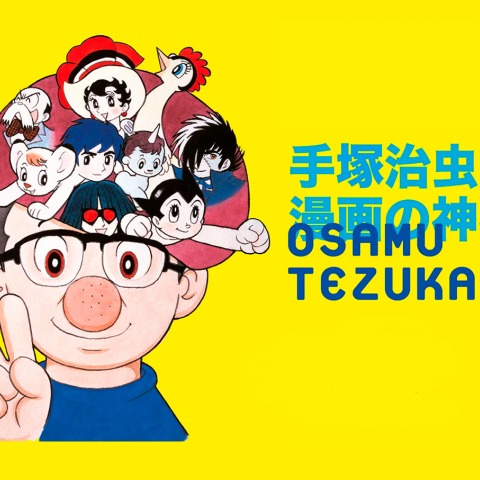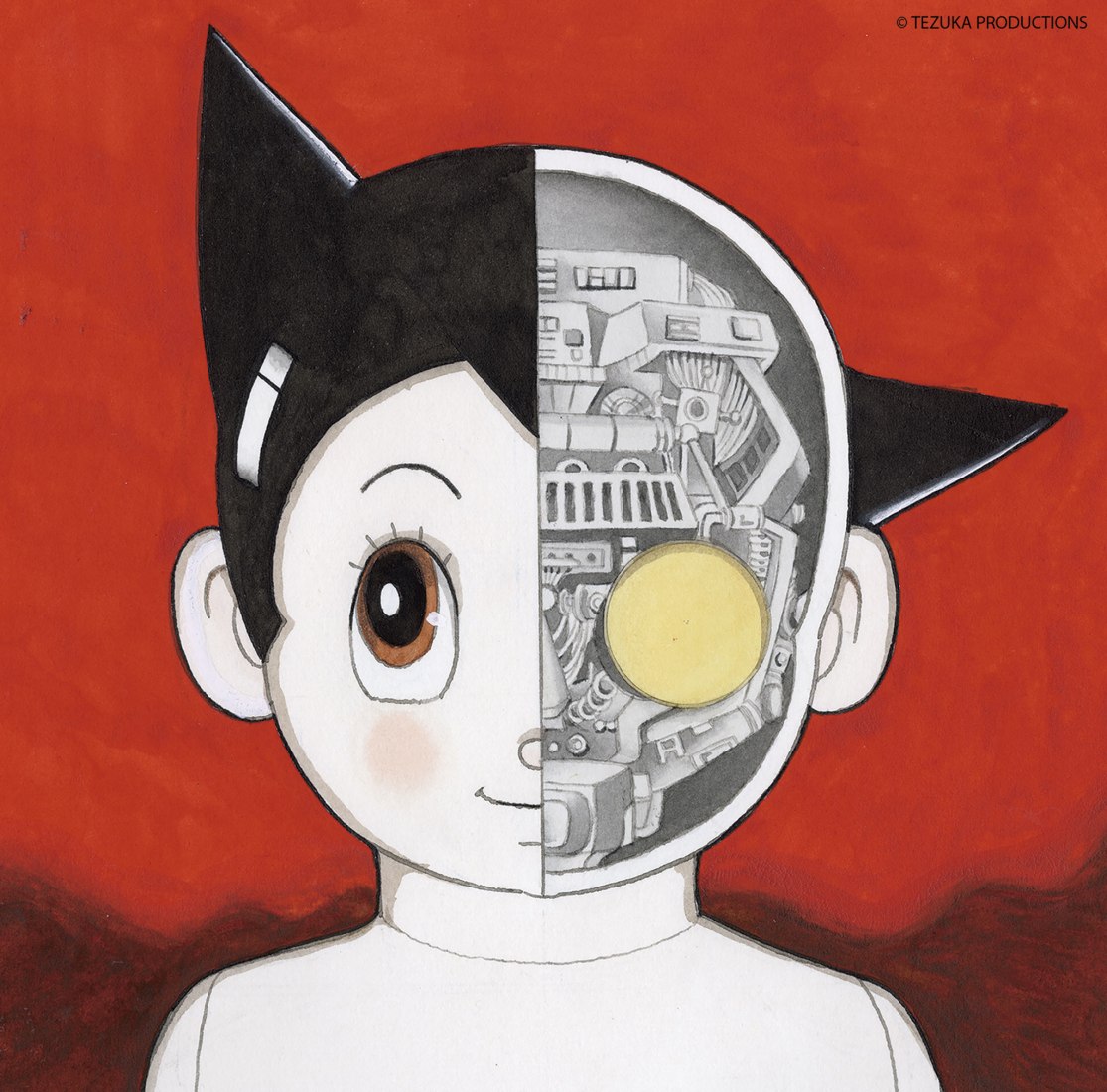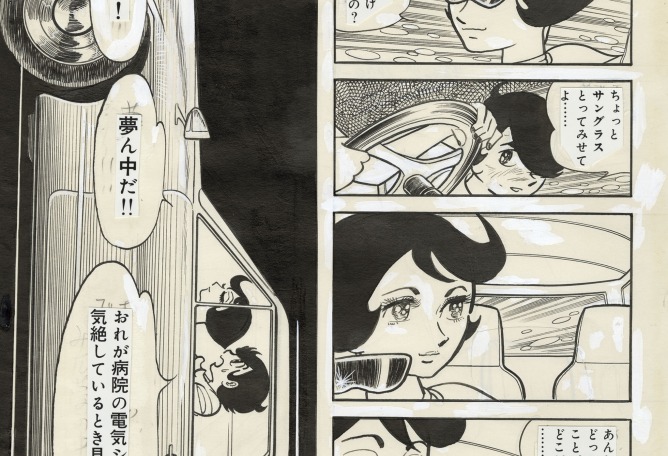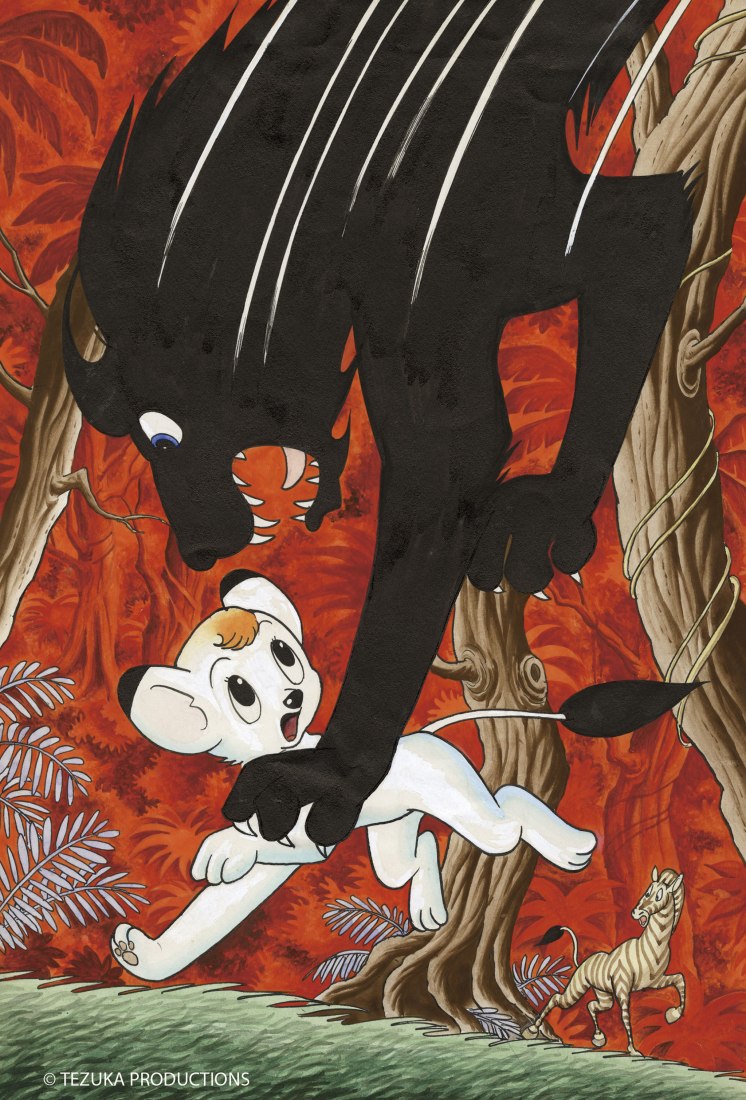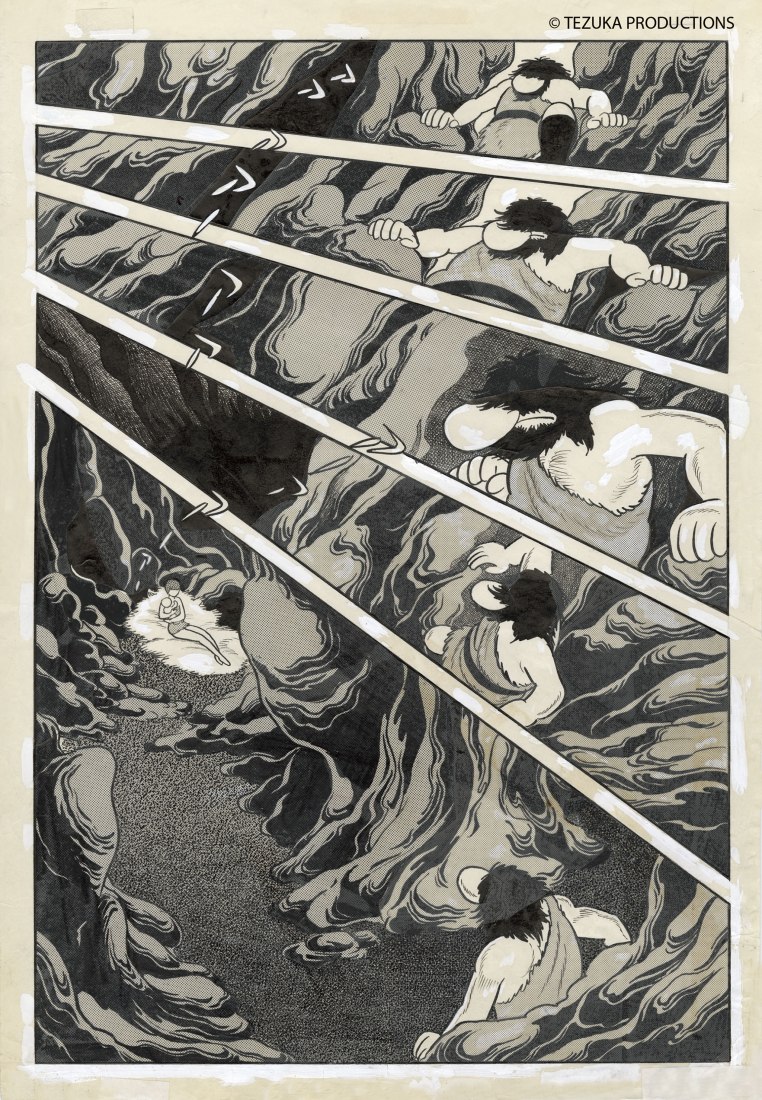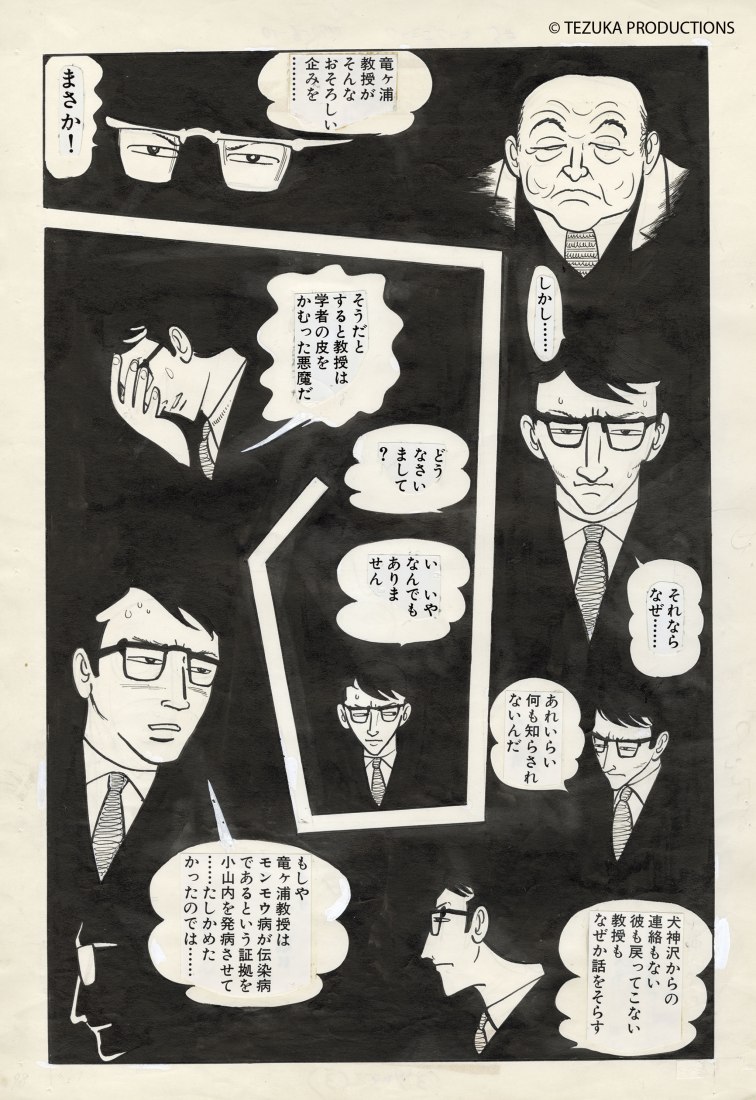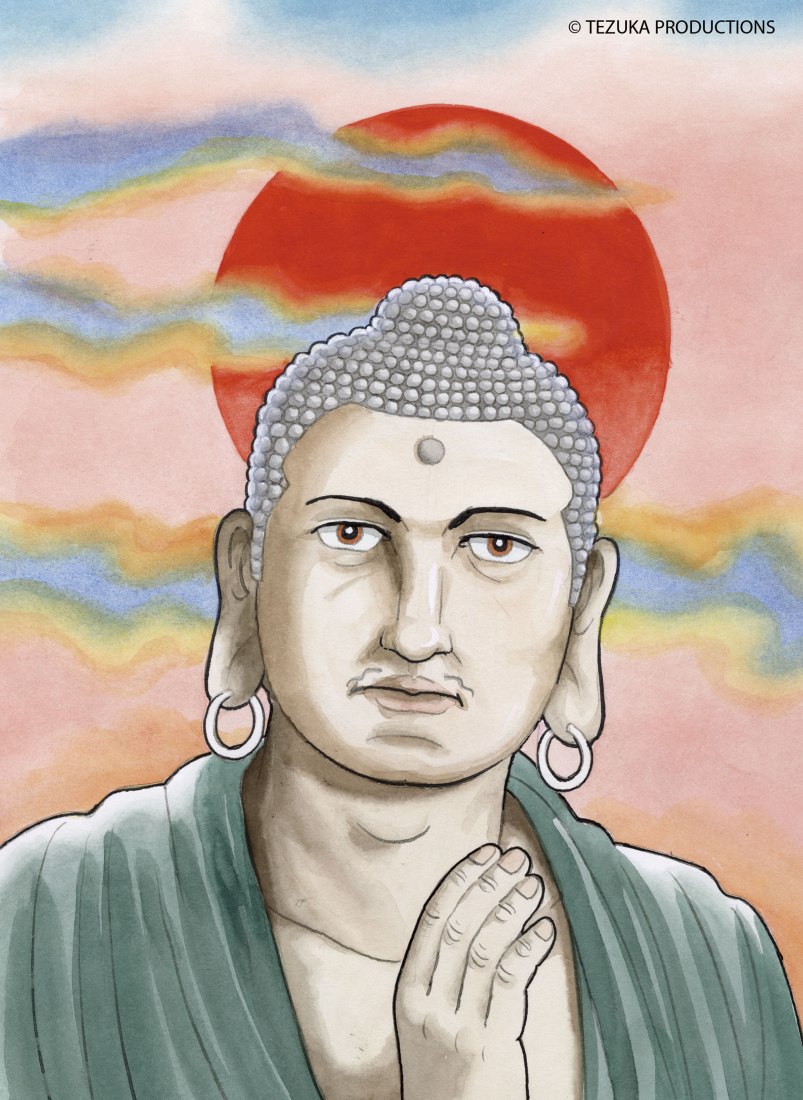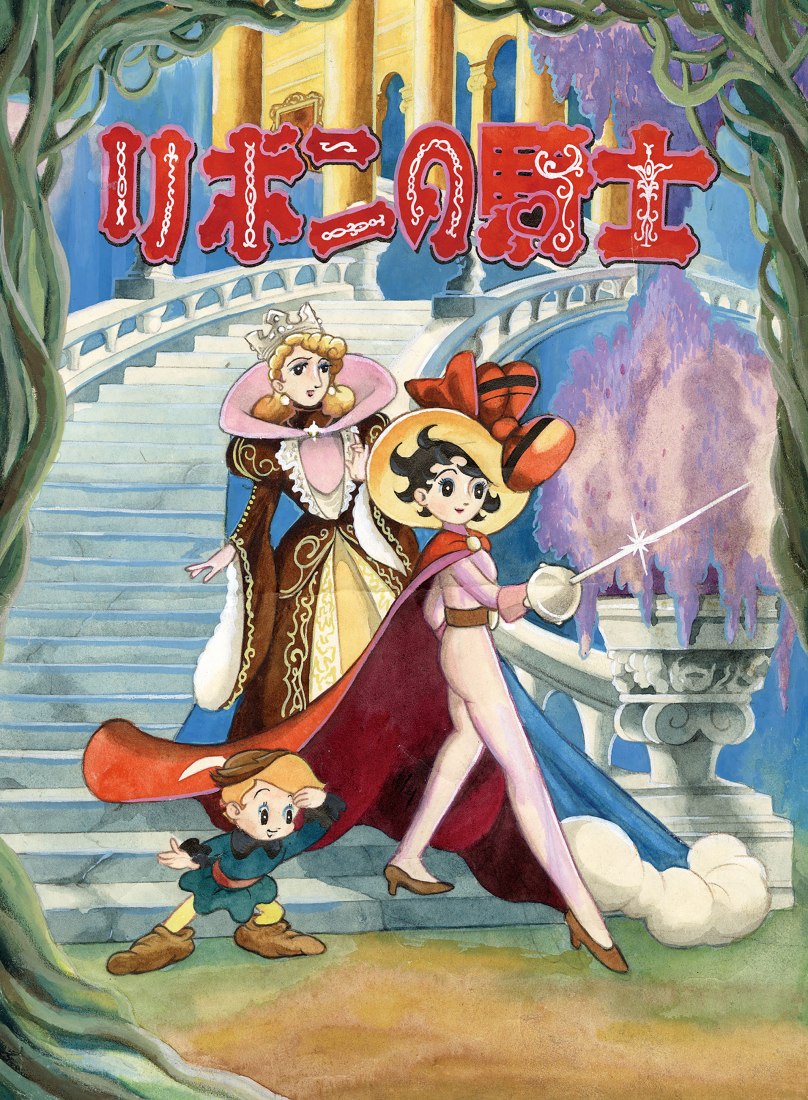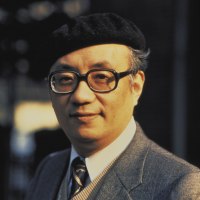Although the manga is part of the great family of the global comic, there are a number of aesthetic and narrative elements that, today, we easily identify with the comic made in Japan. After the end of the war, Osamu Tezuka began publishing, and shaped the modern manga. In 1947, Shin Takarajima (published in Spanish as The New Treasure Island) became a success, selling more than 400,000 copies at a time when buying manga copies could be considered almost a luxury.
His work surprised with an innovative visual narrative, which was inspired by film and animation, providing a speed and movement that had rarely been seen before in a comic. In addition, Tezuka proposed long and highly developed stories, something that was christened as story-manga and that contrasted with the mastery of humor and explained in a few pages or bullets.
This work and those that came later had a great influence on many readers who decided to also become mangaka, that is, manga authors. Thus, Tezuka's influence was decisive for a whole series of authors who would end up leading the manga industry during the following decades: names such as the duo Fujiko Fujio (creators of Doraemon), Shotaro Ishinomori (author with the Guinness record of pages of published comics) or Yoshihiro Tatsumi (one of the principal authors of the gekiga), recognized the impact that Osamu Tezuka's work had on them. In this way, although the manga would evolve and take very different forms throughout the decades, his contributions, which his disciples and admirers continued to develop, still resonate today in today's creations.
